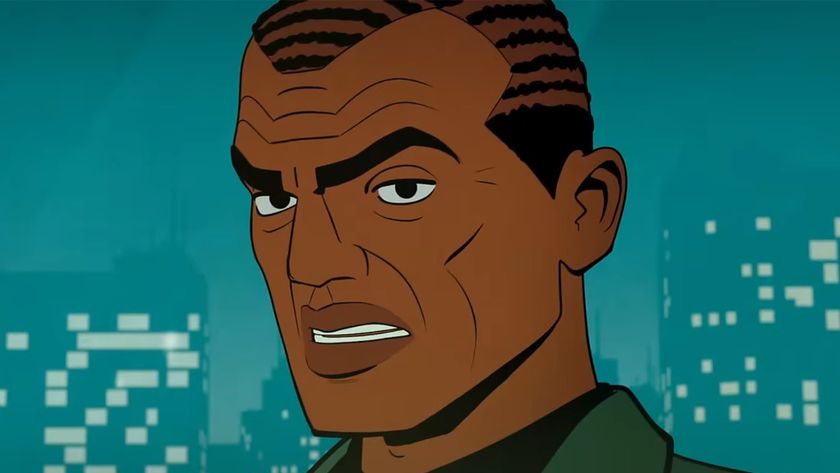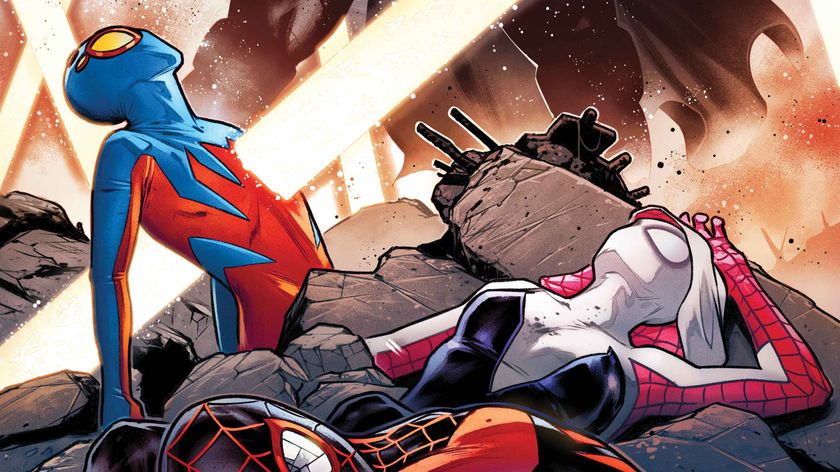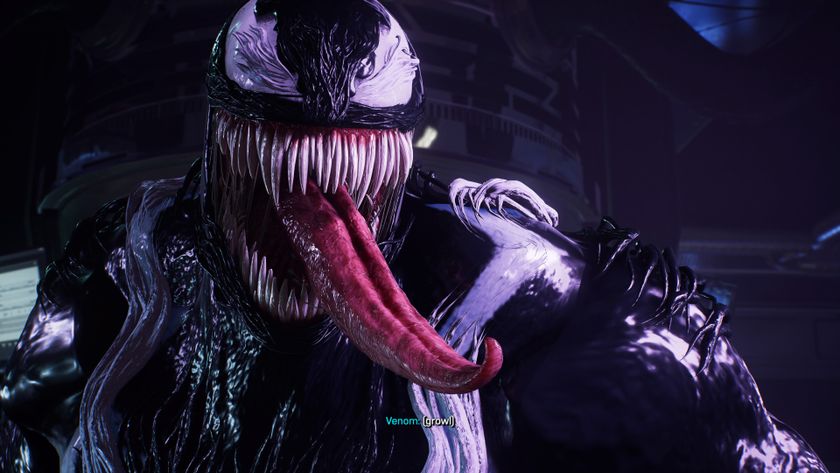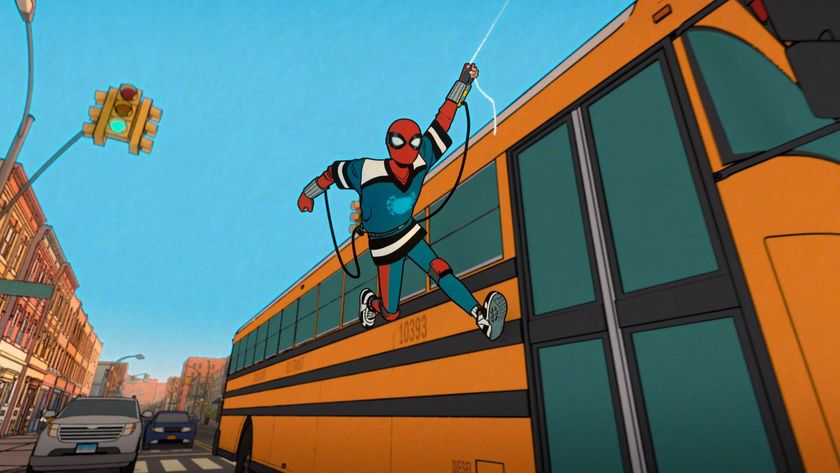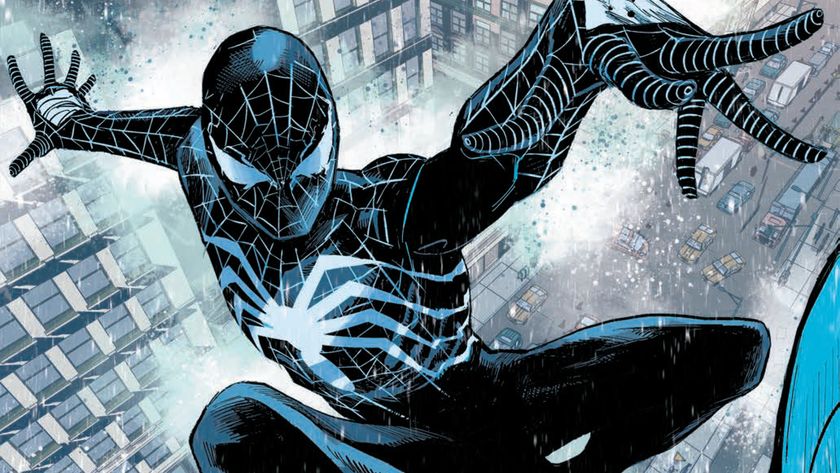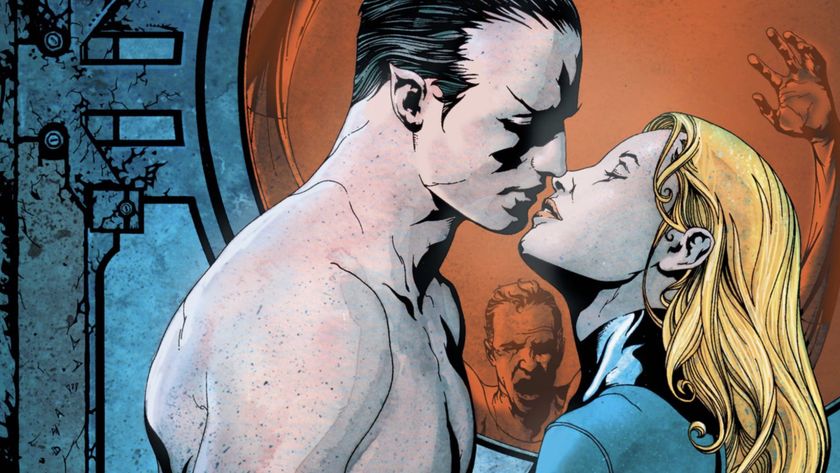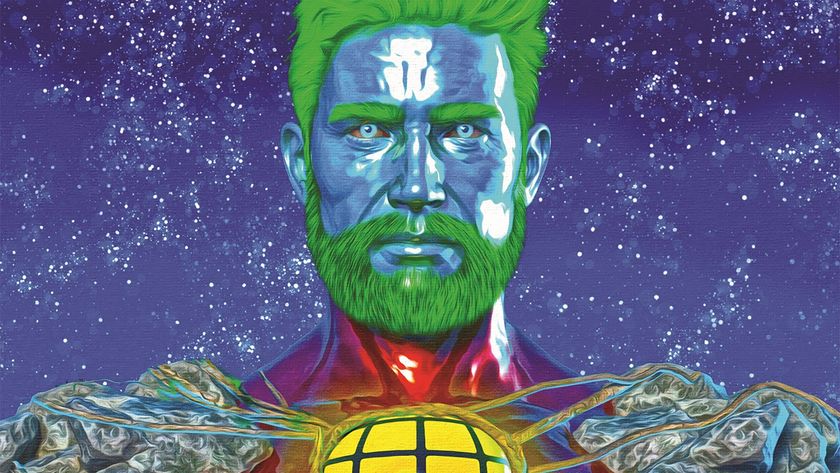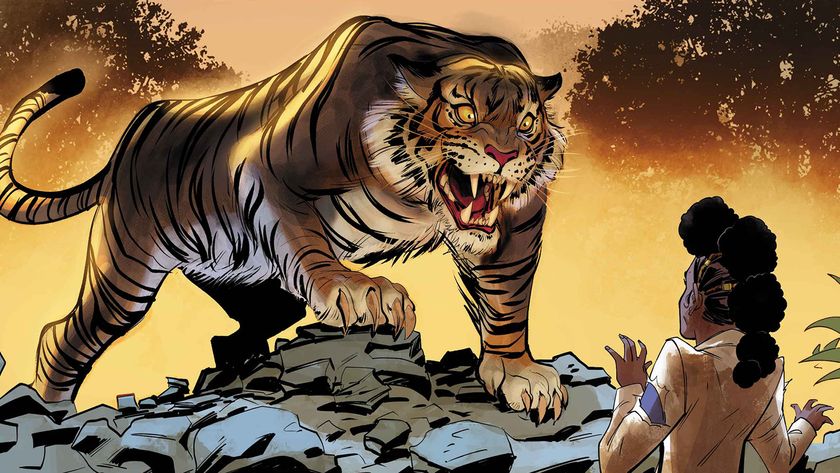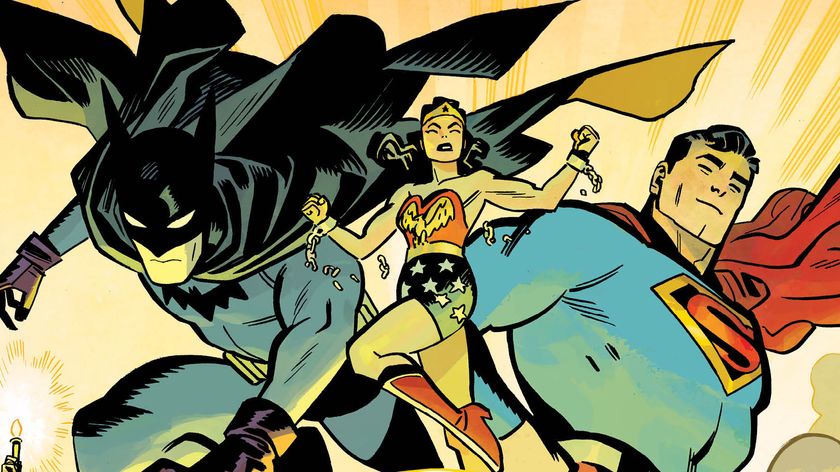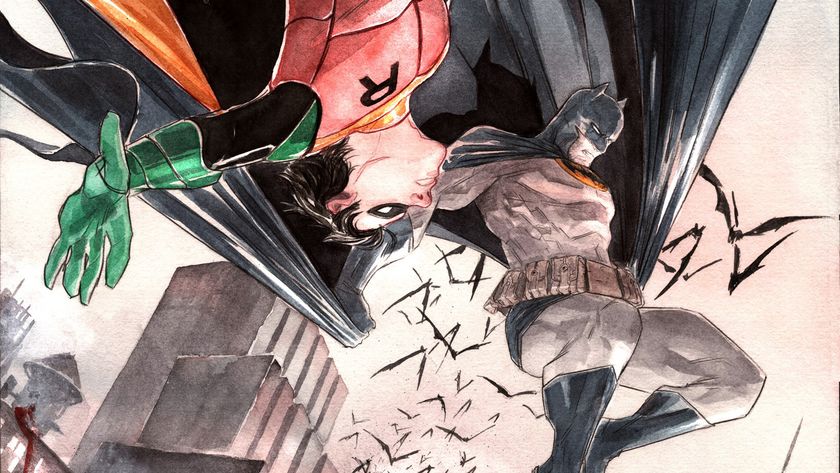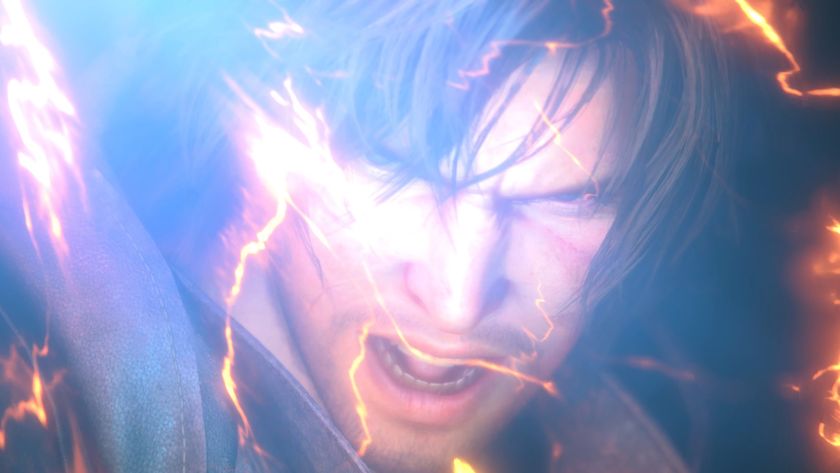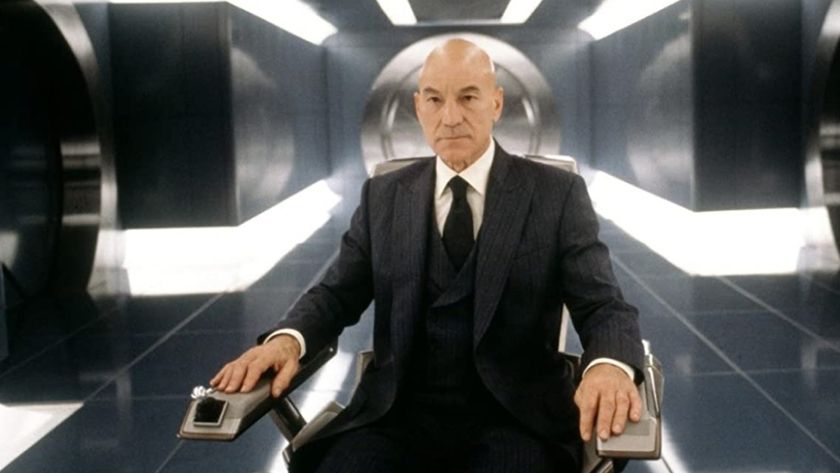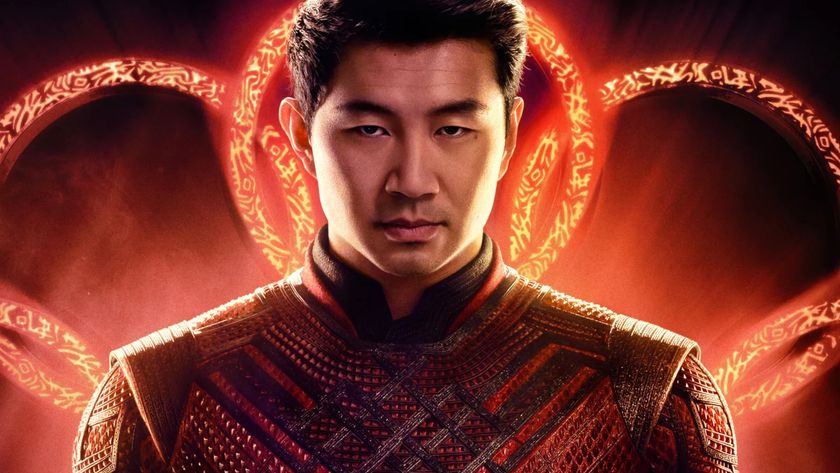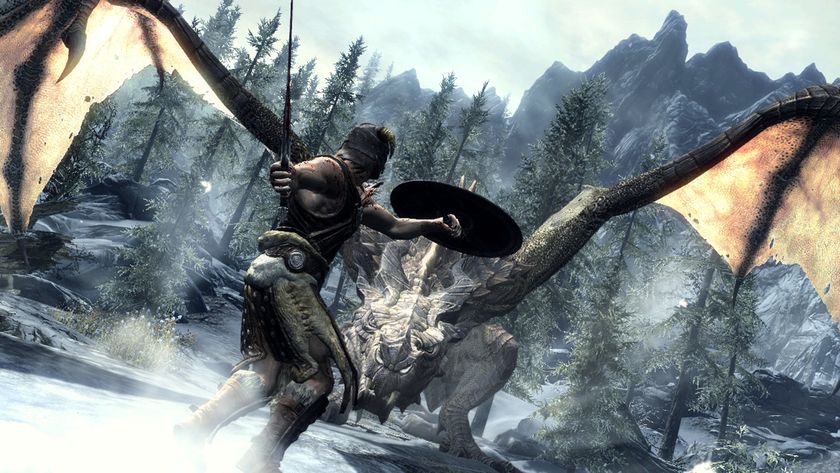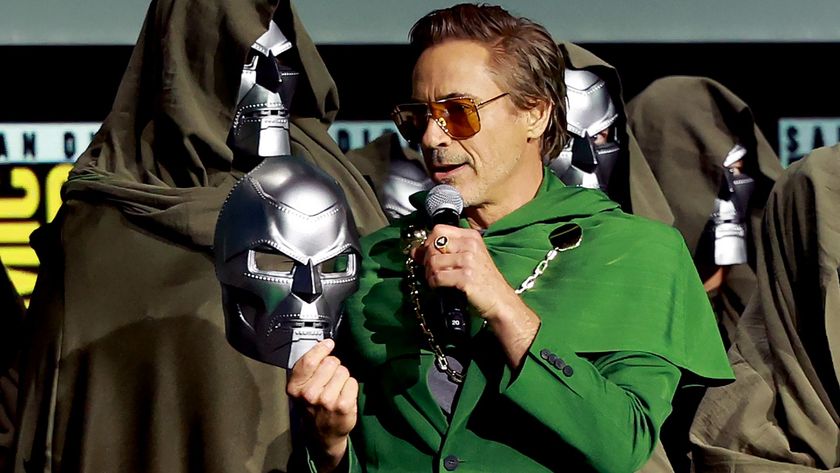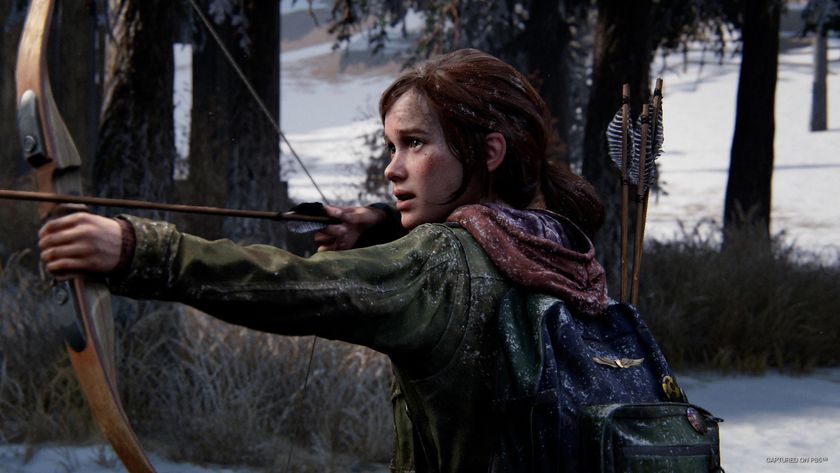Marvel retcons Amazing Spider-Man's creepy 'Sins Past' storyline and nixes the Norman Osborn/Gwen Stacy romance
Amazing Spider-Man #73 invokes the most maligned Spider-Man story ever in writer Nick Spencer's penultimate issue
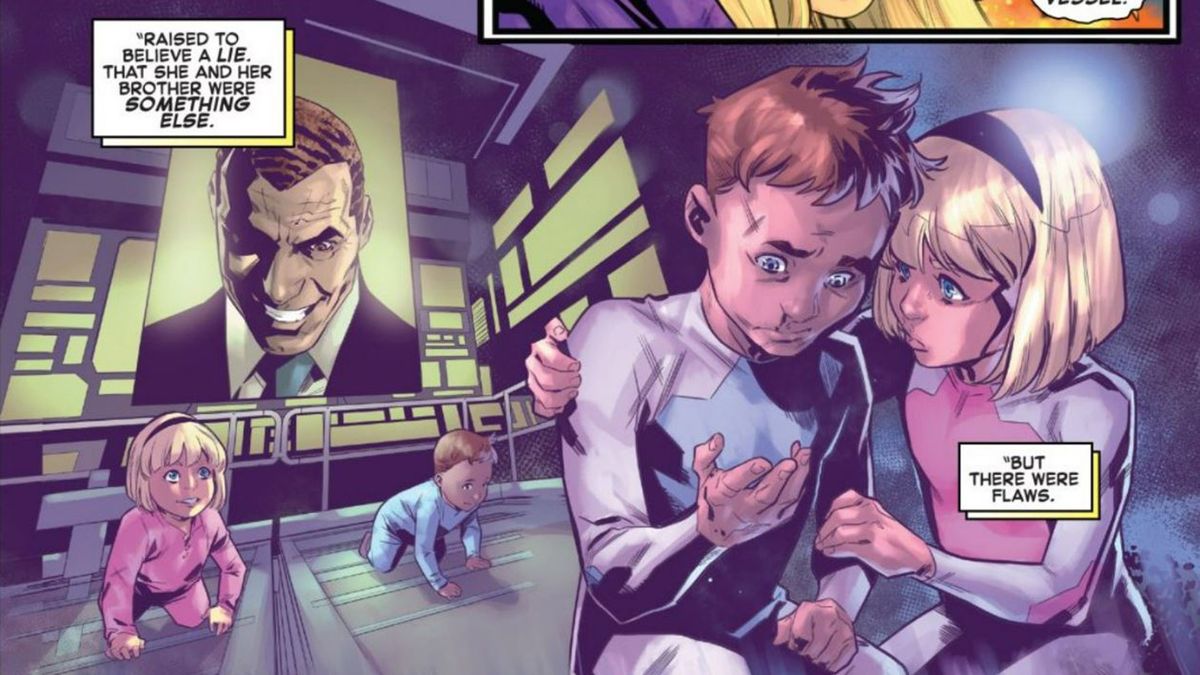
September 8's Amazing Spider-Man #73 dives back into long-dormant aspects of Spider-Man mythos and his sordid history with Norman Osborn/the Green Goblin (which many fans have actively tried to forget), and lays bare the truth behind Kindred's identity (what, you thought it was Harry Osborn?).
As writer Nick Spencer's run on Amazing Spider-Man barrels towards its conclusion, September 8's Amazing Spider-Man #73 from Spencer and artists Ze Carlos, Carlos Gomez, and Marcelo Ferreira further ties the saga unfolding in Peter Parker's life to some of the most controversial Spider-Man stories ever, even as the current tale continues pushing up against the widely polarizing Spider-Man: One More Day.
Spoilers warnings on, as we unpack the truth of Kindred's identity, and what it means for Peter Parker's life.
Spoilers ahead for Amazing Spider-Man #73
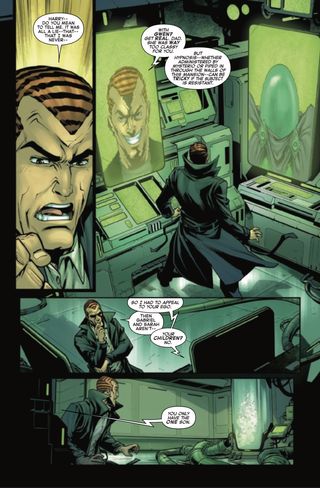
Amazing Spider-Man #73 kicks off with Peter Parker arriving at Kindred's mausoleum, where all the other major players in Kindred's schemes have separately gathered, including Mary Jane Watson, Mysterio, Norman Osborn, Carly Cooper, Harry Osborn, and, separately, Kindred himself … or rather themselves.
Picking up where the previous issue left off, Kindred unmasks in front of MJ, seemingly revealing that she's actually somehow a returned Gwen Stacy. Meanwhile, Carly Cooper and an apparently non-Kindred Harry Osborn discover another Harry's desiccated corpse still on the slab in her morgue, which is somehow magically connected to the mausoleum (more on both these pairs in a moment).
And finally, Norman Osborn is confronted by an AI program of Harry in a laboratory seemingly filled with clones in various stages of development. Appropriately, the AI explains that Kindred's entire scheme goes all the way back to the story that immediately preceded and led to the controversial '90s story Spider-Man: The Clone Saga.
In that story, Spider-Man: Lifetheft, Peter Parker's long-dead parents return only to be revealed as a manipulation by the Chameleon. The Harry Osborn AI reveals that Harry helped hatch the scheme before his death, along with a parallel scheme to take revenge on his father. And it's the return of plot points now revealed as part of Harry's revenge plot against Norman that may make some readers' skin crawl - along with Peter's, MJ's, and even Norman Osborn's.
Comic deals, prizes and latest news
Get the best comic news, insights, opinions, analysis and more!
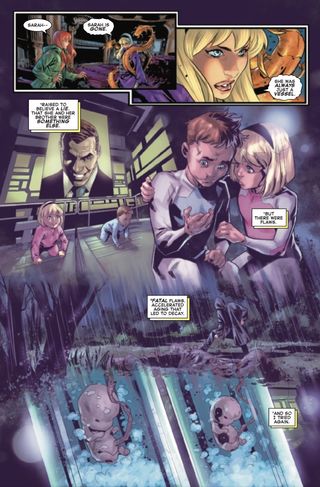
The Harry AI reveals that the death of his actual body was genuine, and what's more, he never actually returned from the dead. Further still, the AI confesses that the events of the controversial, much-maligned story Spider-Man: Sins Past are all a hoax perpetrated by the AI and Harry's still-living accomplices Mysterio and Mendel Stromm, effectively undoing one of the most hated Spider-Man stories of all time.
In 'Sins Past,' it's revealed that Norman Osborn had an affair with the teen Gwen Stacy, which resulted in the birth of twin children named Gabriel and Sarah who had been born in secret before Norman killed Gwen Stacy. The twins, aged rapidly to adulthood thanks to Norman's DNA which was altered by the Green Goblin serum, took on the shared identity of the Grey Goblin, before being defeated with their existence almost entirely ignored since.
The AI confesses that Norman Osborn, Mary Jane Watson, and others were tricked into believing the affair took place by Mysterio and Stromm using illusion, hypnotism, and false memories - and that Sarah and Gabriel were actually one of a series of clones designed to act as "vessels," presumably for Harry's vengeance against Norman Osborn for selling Harry's soul to Mephisto when he was a baby.
With that, it's revealed that the "Gwen" under Kindred's mask is actually Sarah, while the "Harry" that's been hanging out with Carly Cooper is Kindred's other secret identity, Gabriel. Though the full extent of what this all means hasn't been fully explored, the issue's denouement, in which Doctor Strange and Mephisto continue their game for the fate of Peter Parker's soul, seems to potentially imply that Mephisto's manipulations of Peter's life go much deeper than Spider-Man: One More Day.
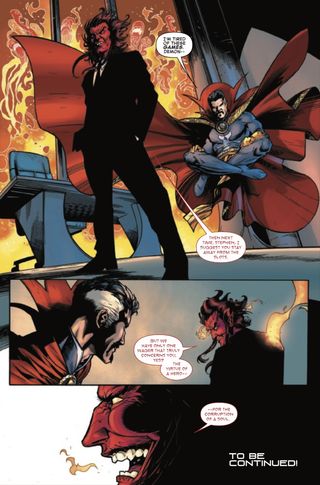
And now, with Harry Osborn's true fate revealed along with the secret identities of Kindred, and Mephisto's ties to the entire saga thanks to his deal with Norman Osborn and manipulation of Peter and Mary Jane, Nick Spencer's Amazing Spider-Man run has all but negated some of the most controversial aspects of 'One More Day,' down to officially romantically reuniting Peter and MJ.
But what does it all mean, and how does retconning Harry's resurrection and the events of 'Sins Past' tie into not just the upcoming retirement of Peter Parker as the main Spider-Man in the 'Spider-Man Beyond' era, but the impending Death of Doctor Strange limited series? It's looking more and more like it all comes down to Mephisto, who could be the villain that unifies both the retirement of Peter Parker and the death of Stephen Strange.
These connections have been building for some time, and even seem to be stretching into the MCU, where the upcoming film sequel Spider-Man: No Way Home will apparently incorporate aspects of 'One More Day' - meaning that fans may either be about to get some serious resolution for some concepts that have haunted the Spider-Man mythos for years, or we're about to dive headlong back into even more of the most controversial Spider-Man plotlines ever.
Either way, Nick Spencer's part will be wrapped up in September 22's Amazing Spider-Man #74, with the subsequent 'Spider-Man Beyond' era launching in October 6's Amazing Spider-Man #75.
The Kindred saga invokes some of the most controversial Spidey stories ever. On the other hand these are the best Spider-Man stories of all time.
I've been Newsarama's resident Marvel Comics expert and general comic book historian since 2011. I've also been the on-site reporter at most major comic conventions such as Comic-Con International: San Diego, New York Comic Con, and C2E2. Outside of comic journalism, I am the artist of many weird pictures, and the guitarist of many heavy riffs. (They/Them)
